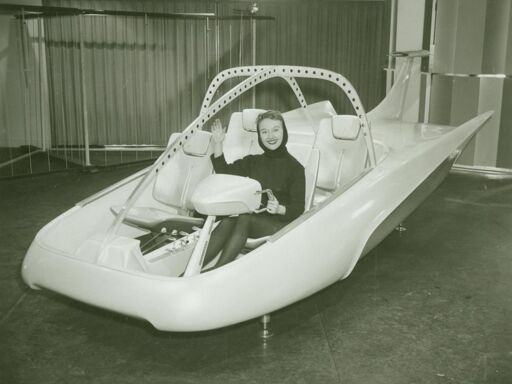If you want a small nuclear energy source, you probably don’t want a nuclear reactor. You probably want a less-efficient but smaller and simpler RTG.
https://en.wikipedia.org/wiki/Radioisotope_thermoelectric_generator
A radioisotope thermoelectric generator (RTG, RITEG), sometimes referred to as a radioisotope power system (RPS), is a type of nuclear battery that uses an array of thermocouples to convert the heat released by the decay of a suitable radioactive material into electricity by the Seebeck effect. This type of generator has no moving parts and is ideal for deployment in remote and harsh environments for extended periods with no risk of parts wearing out or malfunctioning.
RTGs are usually the most desirable power source for unmaintained situations that need a few hundred watts (or less) of power for durations too long for fuel cells, batteries, or generators to provide economically, and in places where solar cells are not practical. RTGs have been used as power sources in satellites, space probes, and uncrewed remote facilities such as a series of lighthouses built by the Soviet Union inside the Arctic Circle.
https://www.gencellenergy.com/resources/blog/ev-charging-power-car-electricity-usage/
V. Electricity usage Per Day (of the typical American driver) is 11.23 kWh
So about 467 watts on a continuous basis for an EV, with lithium batteries for buffer.
https://www.satcatalog.com/component/gphs-rtg/
The general-purpose heat source radioisotope thermoelectric generator (GPHS-RTG) was specifically designed for US space missions. GPHS-RTG has an overall diameter of 0.422 m and a length of 1.14 m, mass of about 57 kg and is capable of generating around 285 to 300 W at beginning of life (BOL) - assuming 5.2 We/kg and 7.8 kg of Pu-238. Thermal excess heat was approximately 4,400 to 4,500 W.
So for 57 kg, you can get 300W in space, and I bet that if anything it’s easier to dump heat into the air. Two should be more than enough.
You may need more shielding on that, and you probably want to have a continuously running fan to blow air past a radiator to dump heat from that, since I bet that it has to get pretty toasty to use just passive cooling – that’s gonna be blowing a hell of a lot of hot air. Probably not gonna want that in your garage in summer, as that’s basically a full-house heater constantly running. I doubt that the whole system is actually remotely cost-effective compared to generating energy on land and then dumping it into a vehicle in the form of charging, battery-swapping, hydrogen, or the like. But I bet you could probably build a nuclear car that ran off one if you specifically wanted to do so.
Might also be able to do something like drive a steam turbine instead of using the Seebeck effect. I assume that there’s better efficiency there, as terrestrial power plants use steam turbines to convert heat difference into electricity, not the Seebeck effect.
EDIT: And no shortage of waste heat to run the car heater. Don’t even need the car to be “on”…or, perhaps more accurately, the car’s power system would never be “off”.
EDIT2: I’m not sure if it technically counts as an RTG any more if it has a steam turbine instead.
I can’t see the harm in having your own personal nuclear core. What’s the down side?




